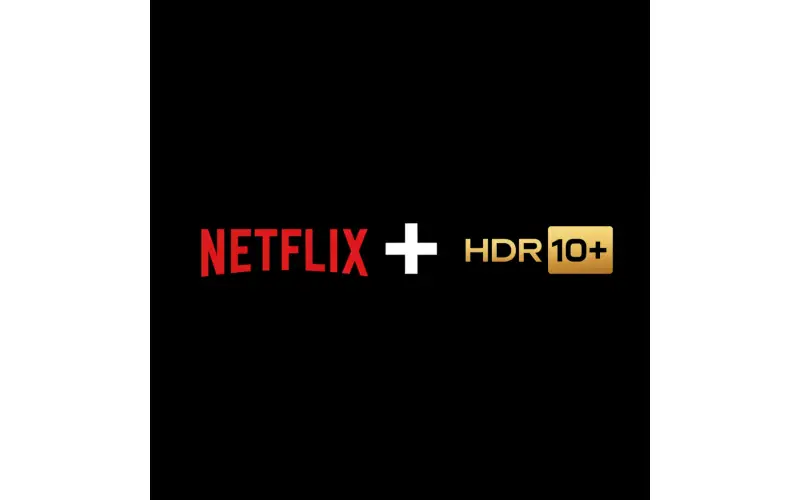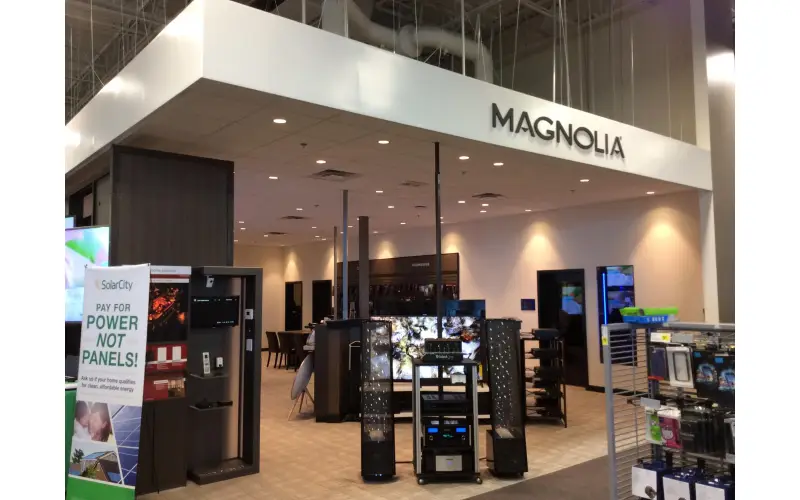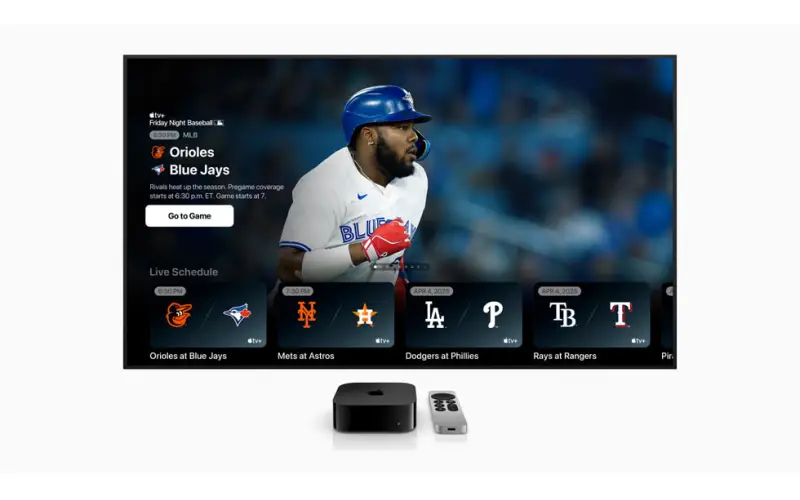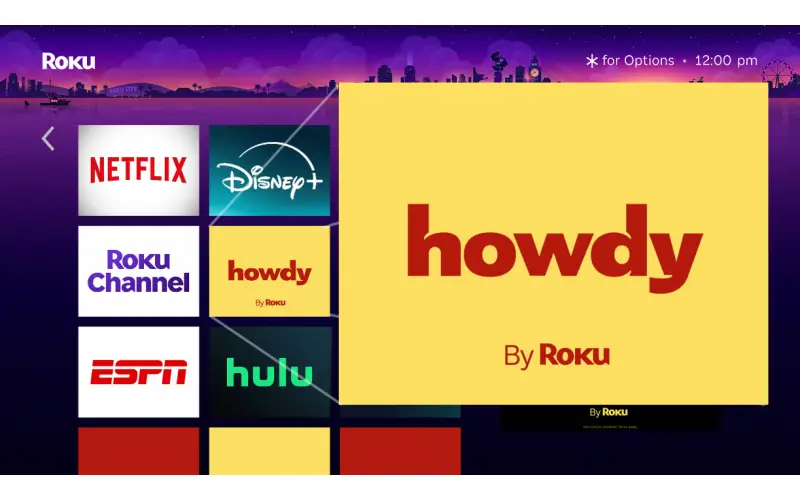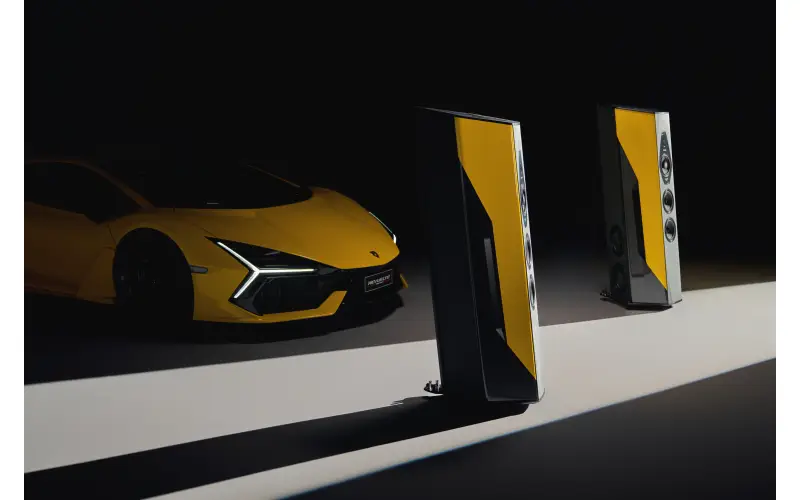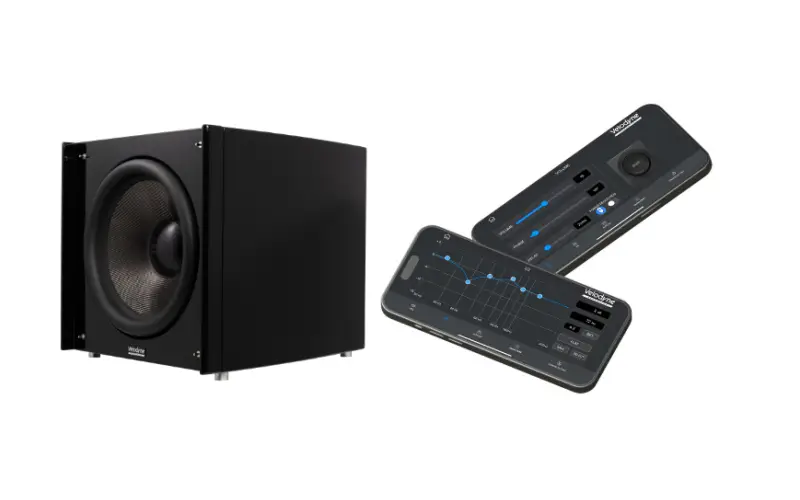By: Dipin Sehdev
Netflix has officially announced the integration of HDR10+ into its streaming ecosystem, marking a significant shift in the platform's HDR strategy. This move brings the streaming giant into alignment with other major players like Amazon Prime Video and Apple TV+, offering consumers a broader range of high dynamic range viewing options. The announcement, while seemingly a minor update, carries substantial implications for the future of HDR streaming, device compatibility, and the ongoing battle between HDR10+ and Dolby Vision.
Netflix's decision to support HDR10+ alongside its existing HDR10 and Dolby Vision offerings signifies a commitment to delivering the highest possible picture quality to its subscribers. This addition, facilitated by the efficient AV1 codec, promises to enhance the visual fidelity of Netflix's content, particularly its often darkly-lit original programming.
Understanding the HDR Landscape: HDR10, HDR10+, and Dolby Vision
Before delving into the implications of Netflix's move, it's essential to understand the nuances of the three primary HDR formats currently dominating the market: HDR10, HDR10+, and Dolby Vision.
- HDR10: The foundational HDR format, HDR10, is universally supported across all HDR-capable devices. It utilizes static metadata, meaning that the image parameters (brightness, contrast, and color) are set once for the entire duration of the content. While HDR10 provides a significant improvement over standard dynamic range (SDR), its static nature can lead to inconsistencies in image quality across scenes with varying lighting conditions.
- HDR10+: An evolution of HDR10, HDR10+ introduces dynamic metadata. This means that the image parameters are adjusted on a frame-by-frame basis, allowing for optimized tone mapping and a more accurate representation of the content creator's intent. This dynamic adjustment is especially beneficial for scenes with stark contrasts or rapidly changing lighting conditions.
- Dolby Vision: Similar to HDR10+, Dolby Vision also employs dynamic metadata. However, Dolby Vision is often considered technically superior due to its 12-bit color depth and the ability to handle higher peak brightness levels. It's also a proprietary format requiring licensing fees, which contributes to its higher implementation cost.
The Technical Advantage of Dynamic Metadata
The core advantage of both HDR10+ and Dolby Vision lies in their use of dynamic metadata. This technology enables a more precise and nuanced control over the image, resulting in a significantly enhanced viewing experience.
As Netflix's own documentation highlights, static metadata, as used in HDR10, can lead to clipped highlights and crushed blacks, particularly in scenes with extreme dynamic range. Dynamic metadata, on the other hand, allows for real-time adjustments, ensuring that every frame is displayed with optimal brightness, contrast, and color accuracy.
Consider a scene with a flashlight illuminating a dark room. With HDR10, the highlights of the flashlight might be overexposed, and the surrounding shadows might appear overly dark. HDR10+, with its dynamic metadata, can preserve the detail in the flashlight's highlights while also rendering the shadows with greater clarity, resulting in a more realistic and immersive image.
Netflix's Implementation: AV1 and HDR10+
Netflix's decision to implement HDR10+ in conjunction with the AV1 codec is a strategic move that addresses both picture quality and bandwidth efficiency.
AV1, standardized by the Alliance for Open Media (AOM), is a highly efficient video codec that offers significant compression advantages over older codecs like H.264/AVC. This efficiency is crucial for streaming high-resolution HDR content, as it allows Netflix to deliver superior image quality without consuming excessive bandwidth.
Netflix's earlier adoption of AV1 for SDR content demonstrated the codec's potential for improving streaming quality and reducing data consumption. By extending AV1 support to HDR10+ content, Netflix aims to further enhance the viewing experience for its subscribers.
The Compatibility Challenge: Devices and Requirements
To enjoy Netflix's HDR10+ content, subscribers must meet specific hardware and software requirements.
- Netflix Premium Plan: A Netflix Premium subscription is required to access HDR content, including HDR10+.
- HDR10+ and AV1 Support: The viewing device (TV, smartphone, tablet, or streaming device) must support both HDR10+ and the AV1 codec.
- Netflix Certification: Devices must be Netflix-certified for HDR10+ compatibility.
- HDR Settings: For TVs and streaming devices, the HDR toggle must be enabled in the Netflix application settings.
This compatibility requirement presents a potential hurdle for some users, as not all devices support both HDR10+ and AV1. While most modern smartphones and tablets are compatible, the landscape for TVs is more complex.
The TV Manufacturer Divide: Samsung, LG, and Sony
The television manufacturing landscape is divided when it comes to HDR10+ support. Samsung, a key proponent of the format, has consistently integrated HDR10+ into its TVs, while LG and Sony have remained committed to Dolby Vision.
- Samsung: Samsung's decision to exclusively support HDR10+ stems from its involvement in the format's development. This strategic choice has positioned Samsung TVs as prime candidates for enjoying Netflix's HDR10+ content.
- LG and Sony: LG and Sony, on the other hand, have focused their efforts on Dolby Vision, citing its superior technical capabilities and wider industry adoption. Both companies have expressed skepticism about the need to support HDR10+, arguing that Dolby Vision provides a sufficient HDR experience.
This divide among TV manufacturers raises questions about the future of HDR10+ adoption and the potential for fragmentation in the HDR market.
Netflix's Production Pipeline: Dolby Vision Dominance
Despite its support for HDR10+, Netflix has clarified that it continues to accept only Dolby Vision masters from content creators. This means that all HDR content delivered to Netflix must be mastered in Dolby Vision, with HDR10+ support added later in the encoding pipeline.
This decision reflects Dolby Vision's established position as the industry standard for HDR mastering. By maintaining a Dolby Vision-centric production pipeline, Netflix ensures that its content is compatible with the widest range of devices.
The Potential Impact on Netflix's Production Costs
Dolby Vision, being a proprietary format, incurs licensing fees, which adds to the production costs for content creators. HDR10+, on the other hand, is an open standard, eliminating licensing fees.
Netflix's decision to support HDR10+ could potentially lead to cost savings in the long run, as it provides an alternative to Dolby Vision for content delivery. However, the continued reliance on Dolby Vision masters suggests that Netflix is not yet ready to fully embrace HDR10+ as a primary format.
Will Netflix Slow Down Dolby Vision Production?
While Netflix's support for HDR10+ could potentially reduce its reliance on Dolby Vision in the future, it's unlikely that the streaming giant will significantly slow down its Dolby Vision production in the near term.
Dolby Vision's established position in the industry, coupled with its superior technical capabilities, makes it a valuable asset for Netflix. Furthermore, Netflix's commitment to delivering the highest possible picture quality suggests that it will continue to prioritize Dolby Vision content.
However, the increasing adoption of HDR10+ could lead to a gradual shift in Netflix's production strategy over time. If HDR10+ gains wider industry acceptance, Netflix may consider increasing its support for the format, potentially leading to a more balanced approach to HDR production.
Will TV Manufacturers Shift Focus to HDR10+?
Netflix's support for HDR10+ could potentially influence TV manufacturers' decisions regarding HDR format support. However, it's unlikely that we will see a significant shift in the TV market in 2025.
LG and Sony have demonstrated a strong commitment to Dolby Vision, and it's unlikely that they will reverse course in the near term. Samsung, on the other hand, will likely continue to champion HDR10+, further solidifying its position as a leader in the format's adoption.
However, the increasing popularity of HDR10+ could lead to a gradual shift in the TV market over time. If more streaming services and content creators embrace HDR10+, TV manufacturers may be compelled to reconsider their HDR strategies.
The Future of HDR Streaming: A Balancing Act
The future of HDR streaming likely involves a balancing act between HDR10+ and Dolby Vision. While Dolby Vision currently holds a dominant position, HDR10+ is gaining traction, particularly with its open standard and cost-effective implementation.
Netflix's support for HDR10+ is a significant step in the format's evolution. As more streaming services and content creators adopt HDR10+, it could become a more viable alternative to Dolby Vision.
Ultimately, the success of HDR10+ will depend on its ability to gain wider industry acceptance and provide a compelling viewing experience for consumers. Netflix's decision to support the format is a strong endorsement, but the long-term impact remains to be seen.
Conclusion: A Win for Consumers
Netflix's integration of HDR10+ into its streaming platform is a win for consumers, particularly those with HDR10+-compatible devices. This move expands the range of HDR viewing options and provides access to enhanced picture quality for a wider audience.
While the future of HDR streaming remains uncertain, Netflix's decision to embrace HDR10+ signals a growing recognition of the format's potential. As the HDR landscape continues to evolve, consumers can expect to see further advancements in picture quality and a broader range of HDR content.
